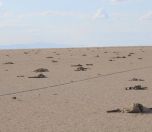Photos: AA
Click to read the article in Turkish
A giant crack has appeared in Emirgazi district of Konya, Central Anatolia, because of the withdrawal of groundwater.
The length of the crack is about 1,500 meters according to initial findings, the state-run Anadolu Agency (AA) reported on Friday (September 17).
Some houses in the area were damaged because of the crack, which in places reached two meters in width.
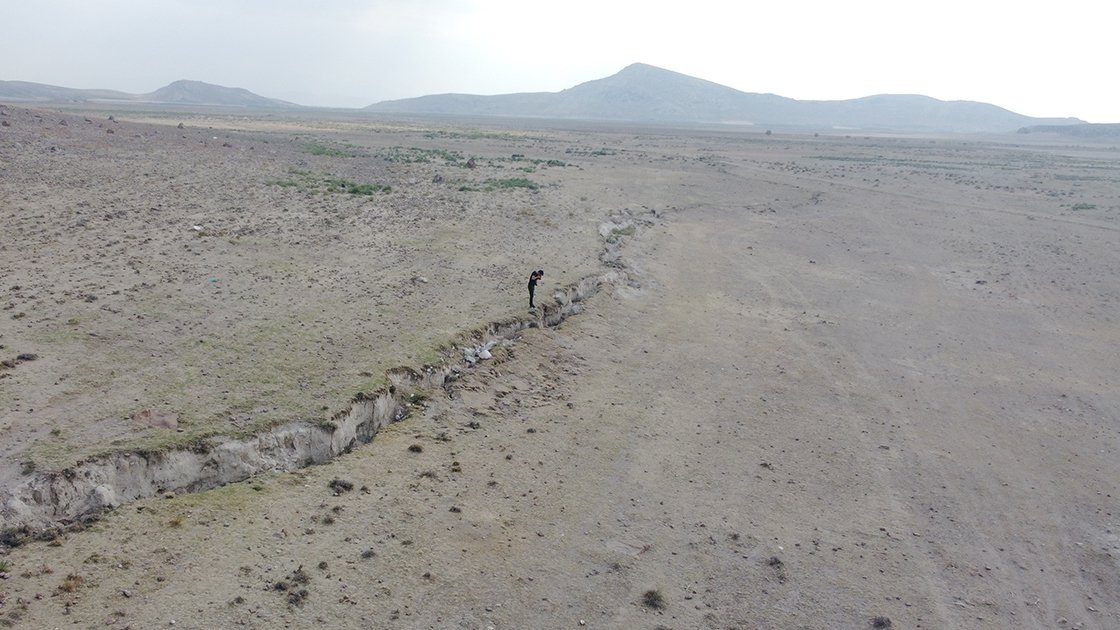
Such cracks and sinkholes appear because of the overuse of the groundwater, Prof. Tahir Nalbantçılar, a geology professor at Konya Technical University, told AA.
Over the past year, the formation of sinkholes and the shrinkage of some lakes sped up in the Konya Plain and Central Anatolia.
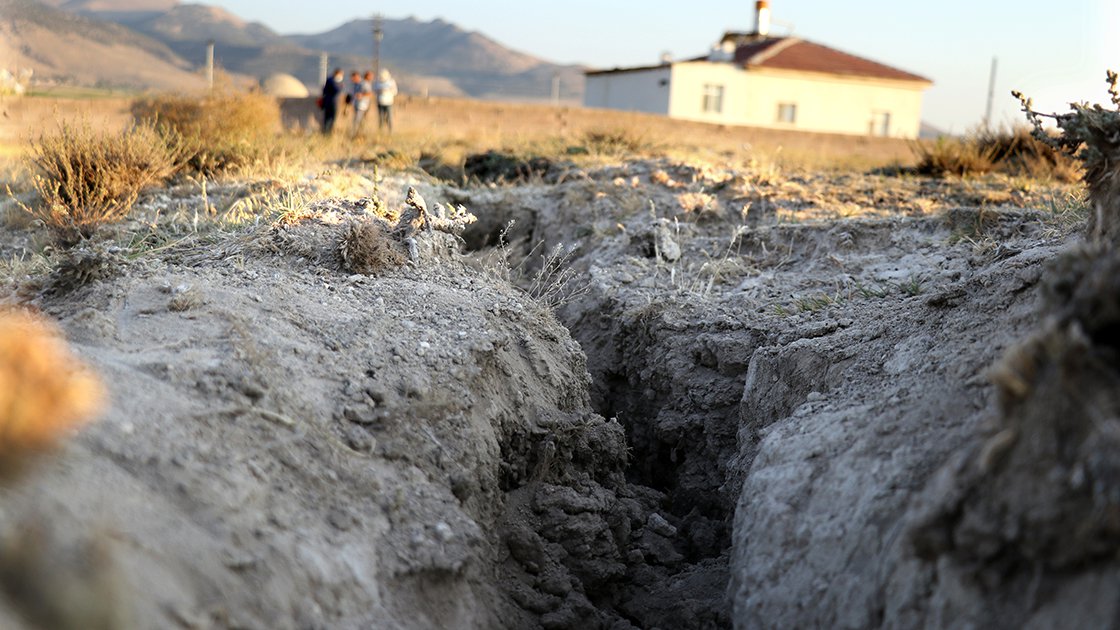
"The problems related to water consumption, which are mostly revealed by the formation of sinkholes in our region, the cracked and fractured structure that is noticed around Emirgazi today, and the rifts in the plain area result from the tightening because of the geological characteristics of the place," said the professor.
"This type of ground deformation has the capacity to continue to evolve over time. This structure, which is seen in the form of cracks on the edge, appears as rifts and even collapse certain places.
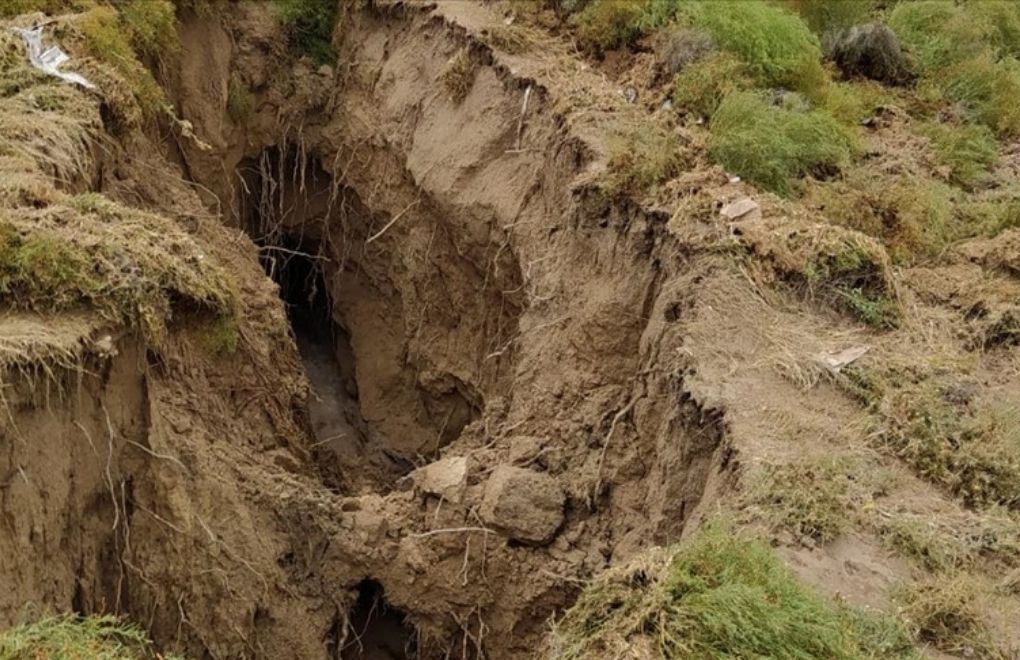
"This structural situation, which is also noticed in the ground of the Çumra area, is a sign that cracks will also be observed alongside sinkholes.
"So, the shape and size of the hazard changes depending on the use of water. It is necessary to be very sensitive and monitor the process."
The depth of Konya's Lake Beyşehir, the largest freshwater lake in Turkey, has dropped to six meters from 26 meters in the past few years. The decrease in the water's volume is caused by the use of the lake water and streams flowing into the lake for irrigation. (TP/VK)




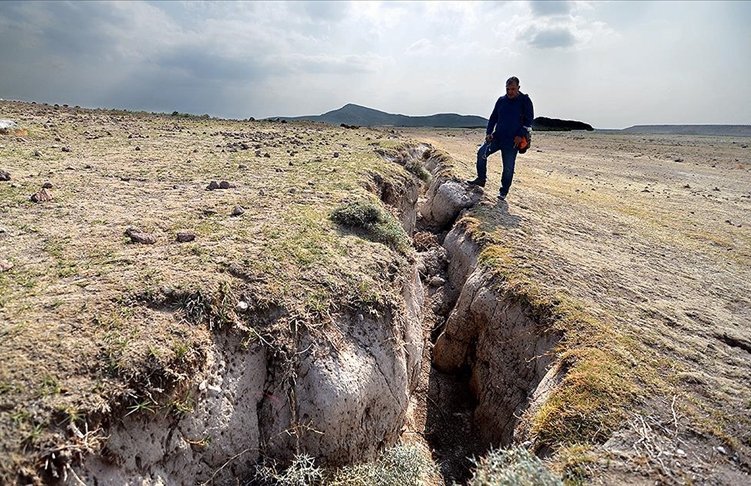
as.jpg)
